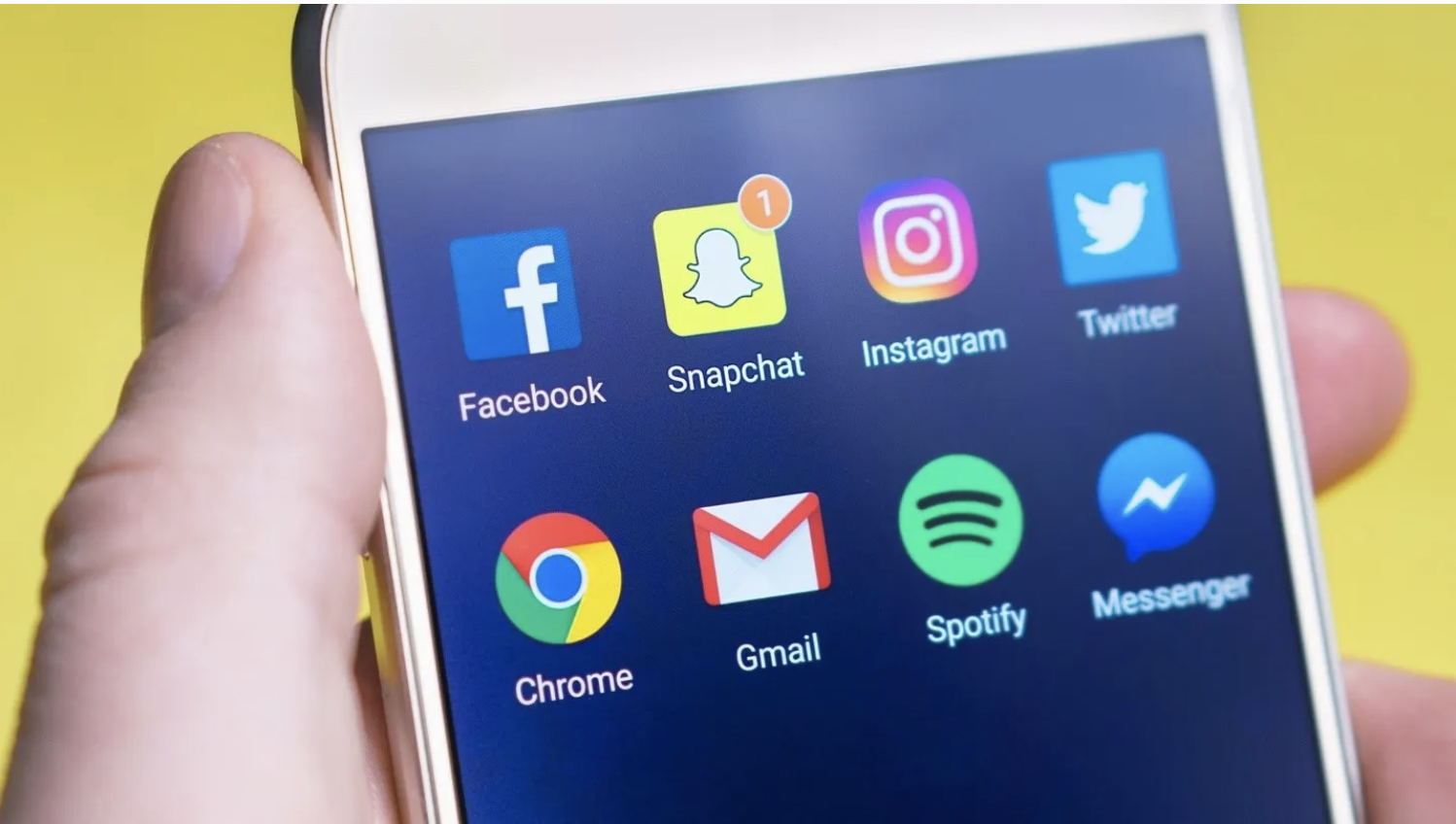Content from BPR
As radio programmers, we know that listeners want to be entertained and informed by their favourite radio station. However, they also want company, community and a sense of familiarity & belonging. Social media platforms are a great way to engage with the audience and promote your station.
But like every marketing tool, the use of social media must be carefully planned and executed.
Andrew Davis, author of Brandscaping, has been credited with the creation of the 4-1-1 rule for publishing content on social media.
In summary, for every SIX pieces of content published through social media platforms:
4 pieces of content aimed at your target audience should be from other sources… that is, you’re sharing other people’s content.
1 piece is original.
1 piece should be promotional.
The essence of the 4-1-1 rule is that it allows a station to engage in the conversation, build awareness and keep in touch with its listeners without coming across as being too self- promotional …. too “look at me”.
Example:
4 Pieces of Influencer Content:
A radio station’s list of influencers i.e. people/sites generating content of interest to the station’s target audience may include:
- Journalists/columnists/entertainment & gossip writers
- TV stations
- Sports teams
- Bloggers
- Bands/musicians
- Entertainment venues
- Comedians
1 Piece of Original Content:
These are your blogs, videos, photos, podcasts, etc. Here’s an example of original content from KIIS 106.5, Sydney that had exceptional engagement…. from listeners, non-listeners, TV stations & newspapers and even from the Australian Prime Minister and State Health Minister (who appears at the conclusion of the video).
1 Piece of Content that Converts:
This is effectively a “call to action”. It encourages listeners to do something which aligns with the goals of your digital strategy……remember, EVERY strategy must have goals.
Those goals may include:
- Entering a contest/promotion (and therefore, signing up to join the station database)
- Telling your listeners, or at least those using one of the social media platforms, an additional “clue” that could help them win a contest
- Getting them to purchase tickets to a station promoted event
- Streaming the station
- Setting appointment listening (e.g. promote an interview with a major celebrity)
- Downloading the station app
Conclusion
- Every station needs a Marketing Strategy. Social media is just one component of the overall marketing strategy.
- Create blogs, videos, photos and podcasts; share this content online across ALL social media platforms. Remember, your listeners may use a variety of platforms but perhaps not all of them.
- Ensure the content is ENGAGING. Without ENGAGING content, social media as a marketing tool for any company is really a waste of time.
- Use the analytical tools to work out what type of content resonates with your audience.
- Measure the results of your digital marketing.
- Follow the 4-1-1 rule.
By David Kidd, BPR


